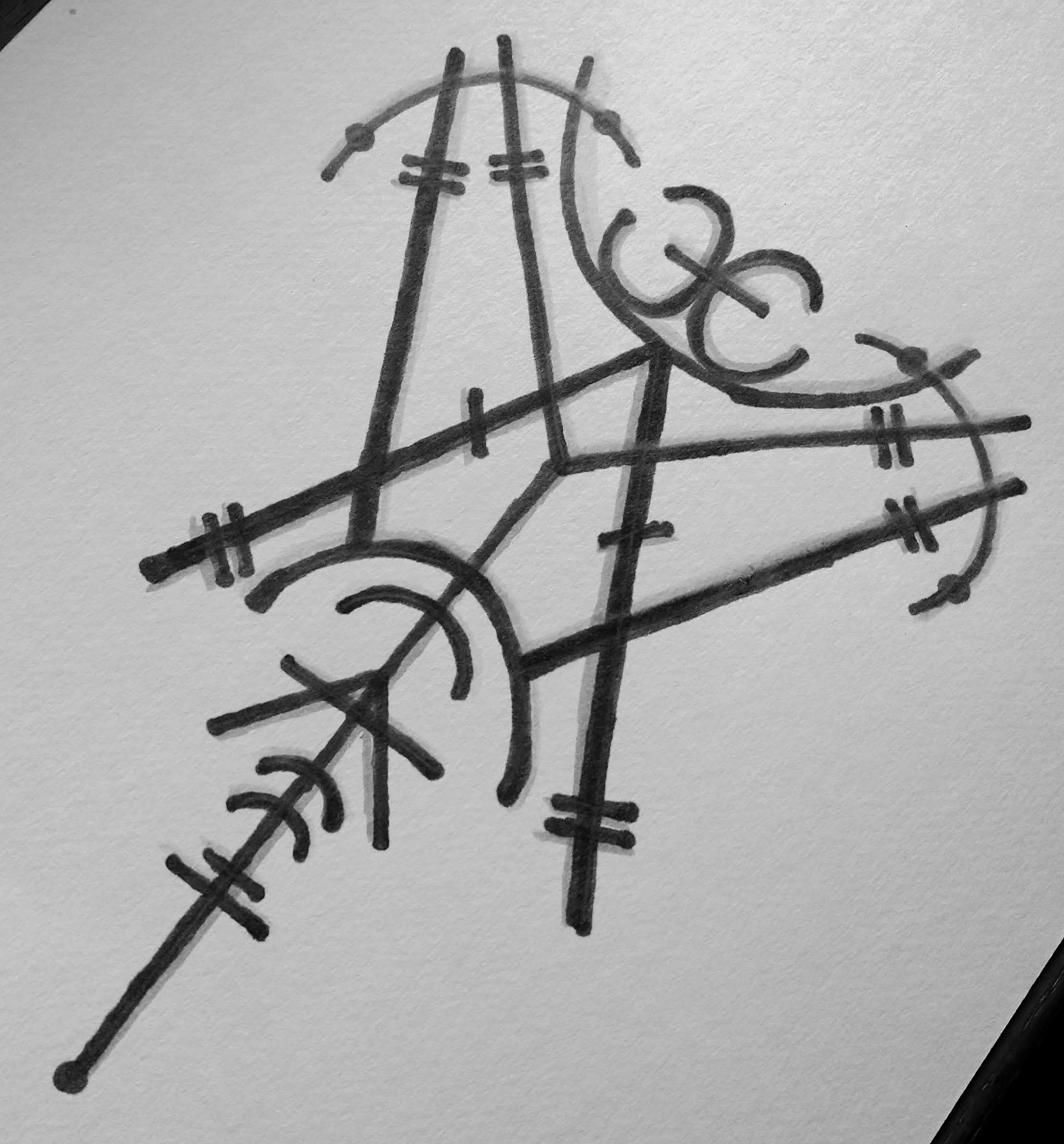

Page and Led Zeppelin as a whole tended to invite speculation with their music and symbolism, and the fact that they never confirmed anything has allowed this speculation to grow massively over time.Īnother theory, as posted by user TheRover on the Led Zeppelin forum way back in 2008 connects the Zoso symbol to the word sozo, which is used 108 times in the New American Standard Bible and has a meaning of “rescuing one from great peril”, whether that be physical or spiritual. While we know that Page had an interest in the occult and especially the infamous Satanist Aleister Crowley, we tend to think that Page was just having some fun with this one. Other theories have suggested that the symbol is broken into two parts, with the “Z” representing the astrological sign of Capricorn and the “oSo” perhaps being Satanic in origin, standing for “666”. It is likely that Page found this symbol in Cardan’s book and then added his own artistic twist to make it palatable to fans of the band. This is right in line for Page as his astrological sign is Capricorn, which is ruled by Saturn. Cardan called Ars Magica Arteficii, where the symbol appears as a representation of the planet Saturn. For ease of explanation, though, we will continue to refer to it as the Zoso symbol in this article.Īfter some serious digging through these old occult books, fans have discovered a symbol that looks very similar to Page’s Zoso in a section of a 1557 book by mathematician J. The first thing to note is that while the symbol does appear to spell out the word Zoso, it is actually not a word but rather just a symbol that looks like a word. It is said that Page once explained the meaning of the symbol to Robert Plant, but when asked about it in an interview Plant could not seem to recall the explanation, and Page himself often dodged the question. The symbol chosen by Jimmy Page for Led Zeppelin IV has been the subject of much controversy, with some theories even speculating that the Zoso symbol is actually satanic in origin. We have broken down the going theories and fan analyses about each symbol below, starting with the most famous Led Zeppelin logo, the Jimmy Page Zoso symbol. There has been much speculation over the years about what each symbol mean in reference to its respective band member. Page is well-known for his interest in the occult, and at one time he owned a bookstore in London called Equinox, which specialized in selling and collecting books from the occult. While none of the Led Zeppelin symbols have been explicitly explained by the band members, Jimmy Page did confirm that they were all chosen from a standard reference book of occult symbols (or sigils, as they are called in the realm of magick). Perhaps the only other band with symbols as recognizable as Led Zeppelin’s are the Grateful Dead, with their steal your face logo and the dancing bears. Given the long-lasting success of Led Zeppelin IV, the four symbols on the inner jacket have become representative logos of Led Zeppelin as a whole, the most recognizable being the Zoso symbol chosen by guitarist Jimmy Page (plus the Swan Song Icarus symbol).

It included the now borderline meme-worthy song “Stairway to Heaven” and is today the best-selling Led Zeppelin album, and it frequently finds itself in the discussion among modern critics as one of the best albums of all time.

The album was released on November 8th, 1971 and was an instant success, but commercially and in the eyes of critics everywhere. Part of this included each member choosing an occult symbol that they felt represented them on some level, and the album included these symbols on the inner jacket. This was disappointing for the band, and thus they decided to release their next record without a title or any identifiable markers on the outer packaging no title, no track listing, nothing at all that tied the album to the band at the time.

Their previous album, Led Zeppelin 3, while highly anticipated and chart-topping, received mixed and generally unfavorable reviews upon its release in October 1970. When Led Zeppelin were working on their fourth album, the untitled album that today is commonly referred to as Led Zeppelin IV, they wanted to do something mysterious and different.


 0 kommentar(er)
0 kommentar(er)
